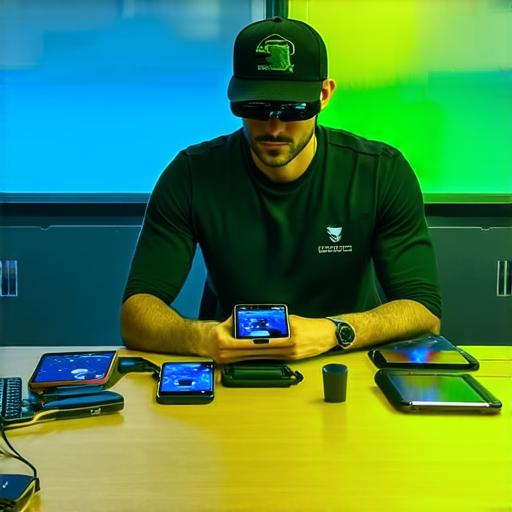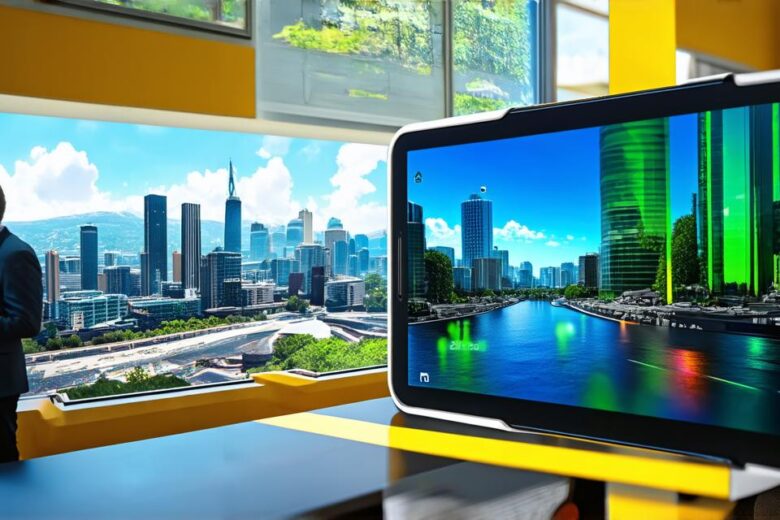How AR Works
AR technology works by using sensors and cameras on mobile devices to capture the real world environment around the user. This information is then processed and overlaid onto the real world in real-time, creating a virtual environment that blends seamlessly with the real world. The most common type of AR used on mobile devices is marker-based AR, which uses visual markers (such as QR codes) to trigger the AR experience.
The Processing of AR
AR is a complex process that requires significant processing power and resources. Mobile devices must be powerful enough to capture and process data from sensors and cameras in real-time, while also rendering virtual objects and environments. This requires advanced hardware and software technologies, such as graphics processing units (GPUs) and operating systems that are optimized for AR.
The User Experience

AR provides an immersive and engaging user experience for mobile devices. Users can interact with virtual objects and environments in a seamless and intuitive manner, allowing them to explore new worlds and engage with virtual content in a way that was previously impossible. AR has many potential applications, including gaming, education, marketing, and more.
Summary
In conclusion, augmented reality is a powerful technology that is becoming increasingly popular on mobile devices. It provides an immersive and interactive user experience that blends seamlessly with the real world. AR requires advanced hardware and software technologies to capture and process data in real-time, while also rendering virtual objects and environments. With its many potential applications, AR is set to become a major player in the future of mobile technology.
